Revive your smile with a root canal
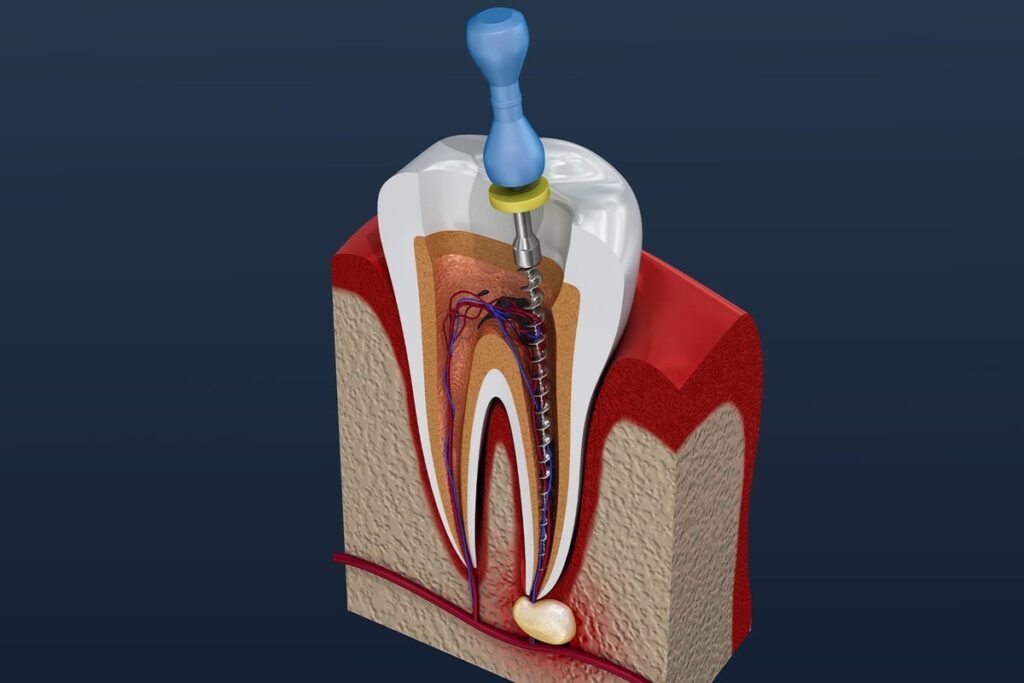
Root Canal Treatment: Saving Your Smile with Precision Care
Root canal treatment is a highly effective solution for saving a severely damaged or infected tooth, allowing you to maintain your natural smile and overall oral health. This procedure involves removing the infected pulp, thoroughly cleaning the canals, and sealing them to eliminate pain and prevent tooth extraction. We utilize advanced techniques to ensure a comfortable and precise treatment experience. If you’re concerned about the Root Canal Treatment Cost in India, rest assured that it is an affordable and worthwhile investment in preserving your tooth’s function and appearance. With this treatment, you can restore your confidence and enjoy lasting dental wellness.
What Is Root Canal Treatment?
Root canal treatment, also called endodontic therapy, is a dental procedure aimed at saving a severely damaged or infected tooth. Each tooth contains a soft tissue known as the pulp, which houses nerves and blood vessels. When the pulp becomes inflamed or infected due to deep decay, cracks, or injury, it can cause intense pain and lead to further complications. The procedure involves removing the infected pulp, thoroughly cleaning and disinfecting the canals, and sealing them to prevent future infections. In addition to relieving pain, root canal treatment helps preserve the natural tooth, ensuring normal function and maintaining the integrity of your smile. If you’re considering this procedure, it’s essential to explore the Root Canal Treatment Cost in India, as prices may vary based on factors such as the tooth’s condition, the dentist’s expertise, and the clinic’s location.
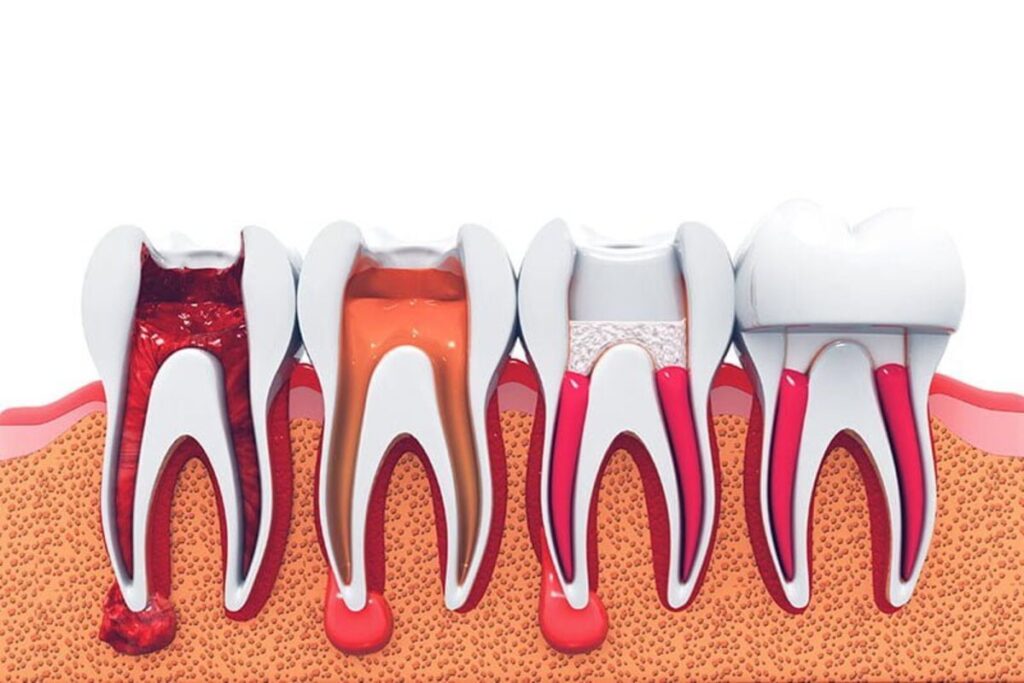
When Do You Need a Root Canal?

Persistent tooth pain or sensitivity to hot and cold.
Persistent tooth pain or increased sensitivity to hot and cold foods may indicate an underlying dental problem. These symptoms often result from damage or infection in the tooth’s pulp—the soft inner tissue containing nerves and blood vessels. When the pulp becomes inflamed or infected due to decay, cracks, or trauma, it can lead to worsening discomfort. If left untreated, this can cause serious complications like abscesses or tooth loss. Seeking timely dental care is crucial to identifying the cause and providing appropriate treatment, such as Dental Filling Treatment in India or root canal therapy, to relieve pain and preserve your oral health.
Swelling or tenderness around the affected tooth.
Swelling or tenderness around a tooth is often a clear indication of an underlying infection or inflammation in the tooth or gums. When the pulp inside a tooth becomes infected, it can lead to the formation of an abscess, causing swelling in the surrounding gums or facial tissues. This may also result in discomfort or pain when chewing or touching the affected area. In some cases, swelling can be caused by untreated cavities or dental trauma. Seeking prompt dental care is essential to prevent the infection from worsening. If left untreated, it could lead to severe complications, including tooth loss. In such cases, a root canal procedure may be necessary to save the tooth. If you’re concerned about the Root Canal Treatment Cost in India, consulting a dental professional can help you understand the procedure and associated expenses.

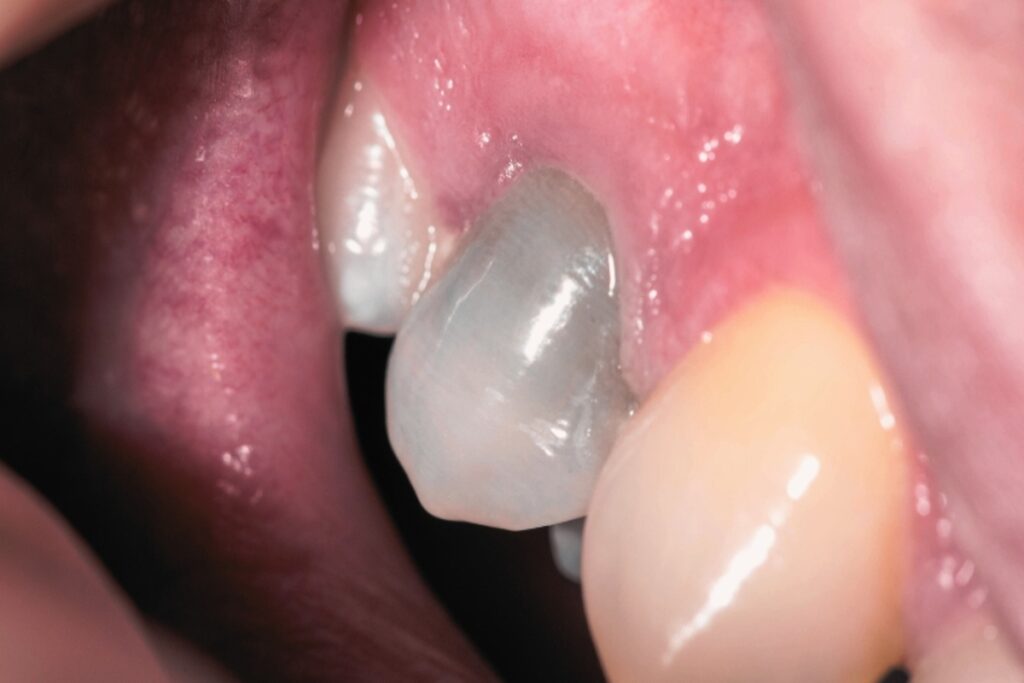
Dark discoloration of a tooth.
A darkened tooth often signals internal damage or infection. When the pulp inside a tooth is compromised, it can lead to discoloration, turning the tooth gray, brown, or black. This occurs due to tissue breakdown or prolonged bacterial exposure. Unlike surface stains from food or drinks, persistent darkening without an external cause may indicate a serious issue requiring professional attention. Consulting a dentist promptly is crucial to diagnose the problem and explore treatment options, such as root canal therapy. If you’re concerned about the Root Canal Treatment Cost in India, it’s advisable to discuss pricing and procedures with your dentist to ensure the best care for your tooth’s health and appearance.
A pimple-like bump on the gums (abscess).
A pimple-like bump on the gums, commonly known as a dental abscess, is usually a sign of a bacterial infection in the tooth or surrounding tissue. This occurs due to pus buildup as the body fights the infection. The bump often appears near the affected tooth and may be accompanied by pain, swelling, and an unpleasant taste or odor in the mouth. If left untreated, the infection can spread and lead to serious complications. Seeking prompt dental care is essential to prevent further damage. Treatments such as drainage of the abscess or root canal therapy can effectively resolve the issue. If you’re concerned about the Root Canal Treatment Cost in India, consulting a dentist can help you understand your options and ensure timely treatment for your oral health.

The Root Canal Procedure

Diagnosis
Accurate diagnosis is essential for effective dental treatment. During a dental exam, our experienced team carefully assesses your teeth, gums, and overall oral health. We may use X-rays to detect hidden decay, infections, or damage that aren’t visible to the naked eye. By evaluating symptoms like pain, sensitivity, or signs of infection, we can recommend the best treatment, whether it’s a simple filling, root canal therapy, or another procedure. Early detection allows for timely intervention, preventing serious dental problems and ensuring long-term oral health. If you’re considering treatment, you may also want to explore the Root Canal Treatment Cost in India for affordable options.
Anesthesia
Anesthesia is essential for a comfortable and pain-free dental experience. At our clinic, we use local anesthesia to numb the treatment area, enabling procedures like root canals, fillings, and extractions with minimal discomfort. By temporarily blocking nerve sensations, anesthesia ensures you won’t feel pain during the procedure. For more complex or lengthy treatments, we may also offer sedation options to help you stay relaxed. Your comfort is our top priority, and we strive to make your dental visit as stress-free as possible. If you’re considering a root canal, you may also want to learn more about the Root Canal Treatment Cost in India to plan your treatment effectively.
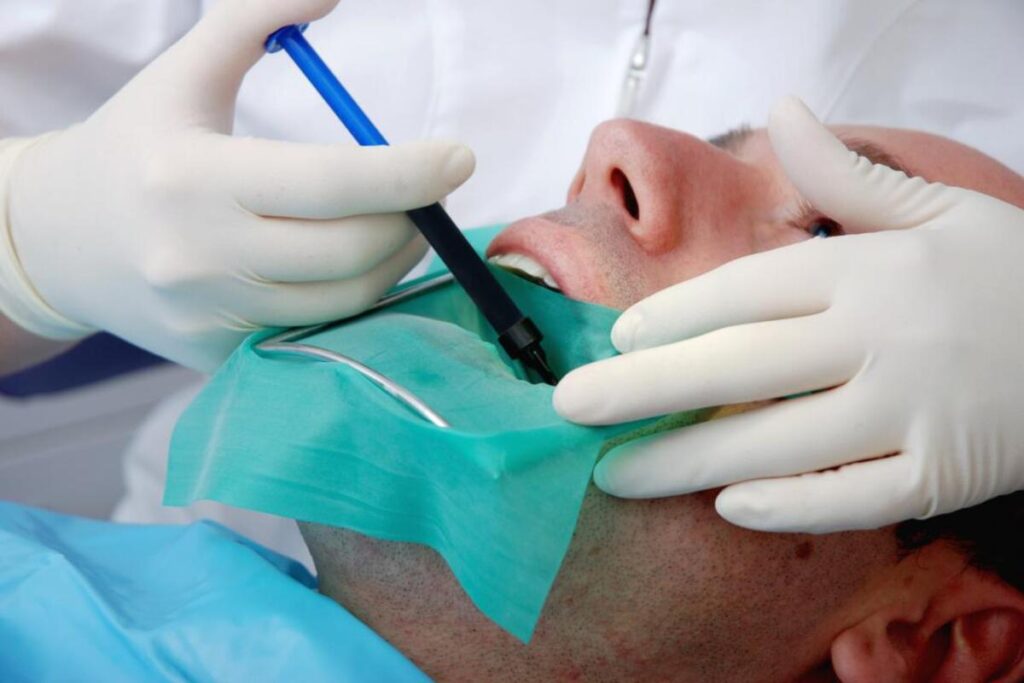
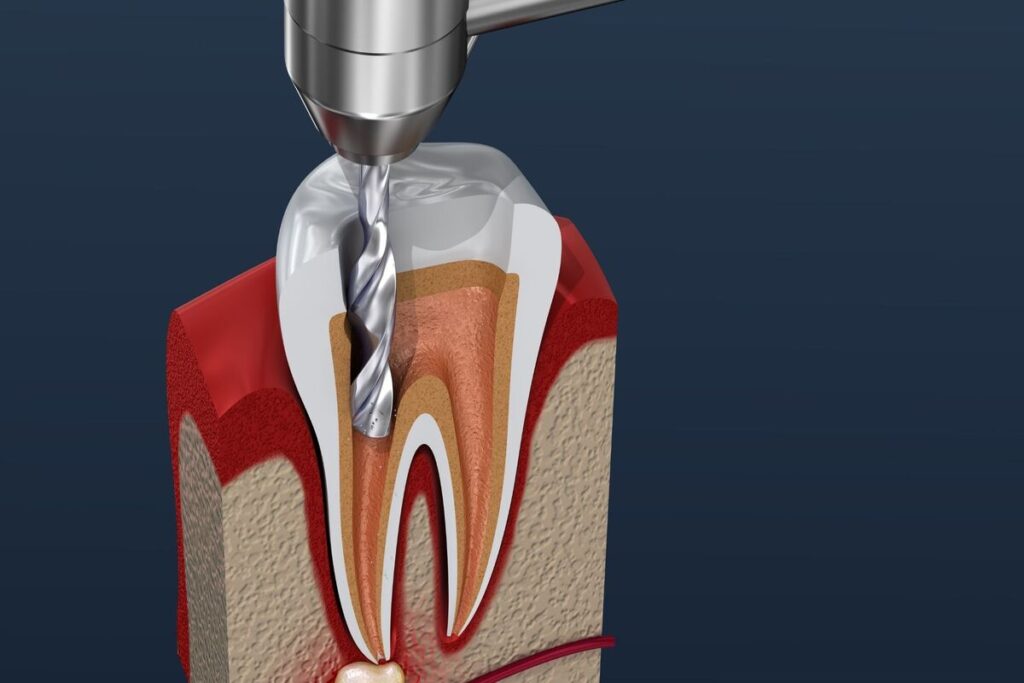
Cleaning and Shaping
Cleaning and shaping play a vital role in the root canal procedure, ensuring the infected area is properly treated and prepared for sealing. Once the tooth’s pulp is removed, the dentist thoroughly cleans the root canals to eliminate any bacteria and infected tissue. Specialized tools are then used to shape the canals, allowing for optimal filling and reducing the risk of future infection. This step is essential for maintaining the long-term health of the tooth, as it not only eradicates harmful bacteria but also ensures a secure seal for the filling material. Proper cleaning and shaping help preserve your tooth and prevent further complications. If you’re considering this procedure, understanding the Root Canal Treatment Cost in India can help you make an informed decision.
Filling and Sealing
After the root canals are thoroughly cleaned and shaped, the next crucial step is filling and sealing the tooth to prevent reinfection. A biocompatible material, typically gutta-percha, is used to tightly seal the canals, restoring the tooth’s structure and safeguarding it from bacteria and future damage. Once sealed, the tooth is further reinforced with a filling or crown to ensure proper function and protection against decay or fractures. This process is vital for maintaining the tooth’s integrity and long-term health. If you’re considering this procedure, it’s essential to research the Root Canal Treatment Cost in India, as prices can vary based on the complexity of the case and the clinic’s location.
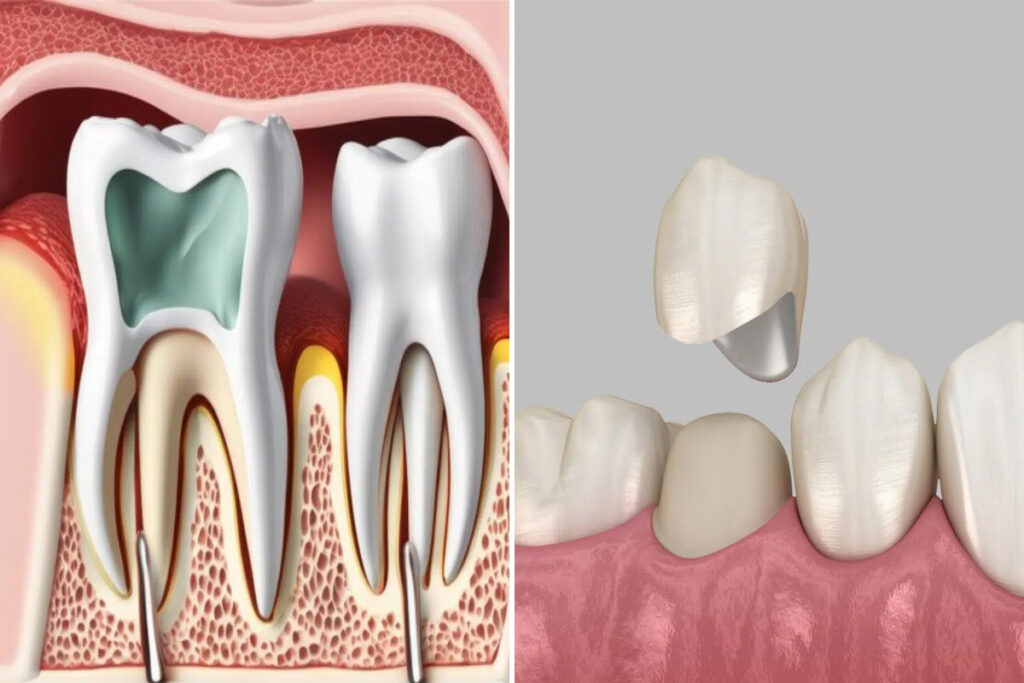
How Can We Help?
We are committed to providing gentle and effective root canal treatment to relieve your pain and save your natural tooth. Using state-of-the-art technology and advanced techniques, our experienced dental team ensures a precise and comfortable procedure. From thorough diagnosis to post-treatment care, we guide you every step of the way, prioritizing your comfort and dental health. Whether you’re dealing with persistent tooth pain or signs of infection, we’re here to help you restore your smile and maintain long-term oral wellness. Do To know more you can follow us on Facebook.





